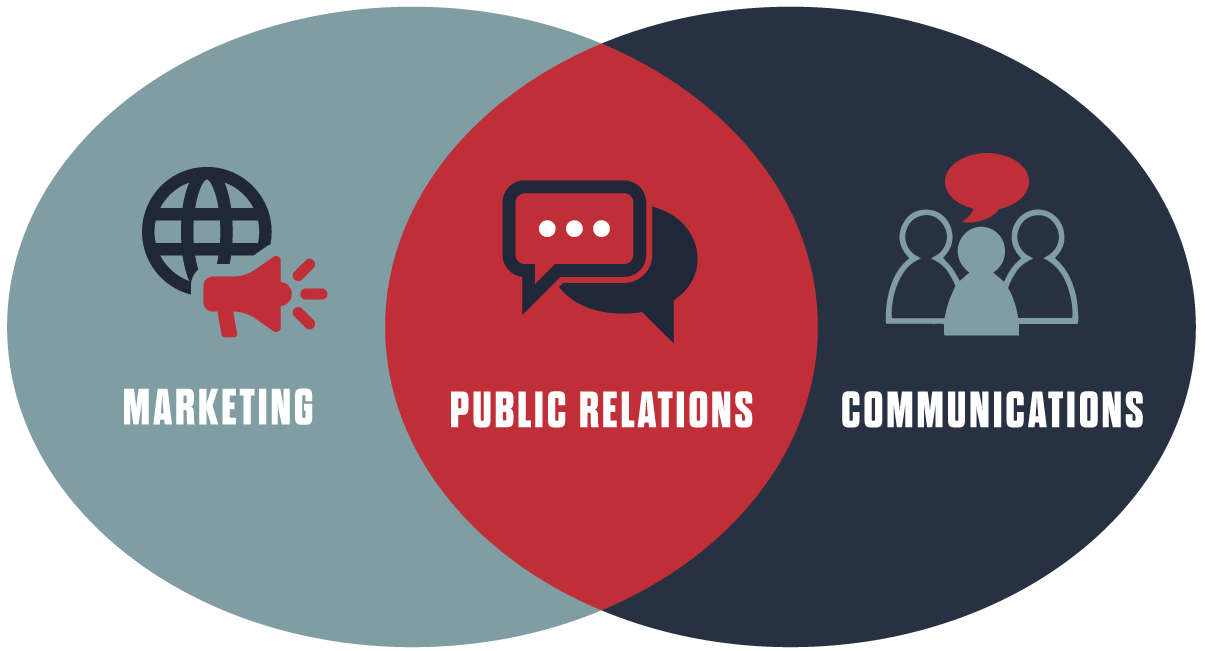Make your PR go further by challenging these common misperceptions.
For many businesses, public relations (PR) is considered a means to earn favorable media attention or a process to implement when a crisis emerges. While both can be true, PR is much more than media relations and crisis management. The true function of PR is to manage and build positive relationships with the complete array of a business’s key audiences. Even so, there are misperceptions about the profession — even among practitioners.
You can add a feather to your business’ cap and expand the role PR plays in your organization by tackling three myths.
Myth #1: Public relations is about getting earned media.
Too often, businesses are wooed by the glamourous claims of PR firms promising national media stories. While national headlines are exciting and can drive awareness, they likely aren’t moving the needle on your business goals the same way a comprehensive strategic campaign could.
Additionally, if you’re only leveraging public relations for lofty earned media goals, you’re using about 5% of the true possibilities of the profession. PR is a broad management function between your organization and all your stakeholders. Your business must invest in building and maintaining positive relationships with employees (past and present), investors, board of directors, customers, dealers, community members and others. After all, without all of them, your organization likely wouldn’t exist.
The most competitive businesses know that leveraging PR professionals is about using strategic insights to drive business direction, internal counsel, and overall relationship building and maintenance with each key audience.
Myth #2: The value of PR is “intangible” and can’t be tracked.
How many times have you heard that the value of good public relations can’t be tracked like the success metrics in marketing or sales? If the value of public relations can’t be proven, why should the organization fund the department? It is up to public relations practitioners to advocate for our profession by demonstrating the clear impact of our work. If we can’t show the value of what we do, who can?
Public relations can be a huge driver of meaningful business outcomes. Every public relations activity and plan should be laddered up to overarching organizational goals and objectives. Tracking media mentions, reach and publicity value is fine, but should not be the end-all-be-all for sharing the value of PR efforts.
Your PR plans need to align strategies and tactics with overall business objectives and your key audiences. Then, PR efforts can be evaluated on whether those objectives were accomplished. Here’s an example.
Intangible impact on overall business: “Earn 15 media mentions by October.”
Meaningful impact on business: “Increase sales of new manure spreader model by 30% to farmers with 500+ head of cattle in one year.”
Note the SMART (specific, measurable, achievable, realistic and time-bound) nature of the meaningful objective. Additionally, it includes a key audience of the organization to further demonstrate how it will move the needle. While the first objective could inspire an earned-media strategy to accomplish the meaningful objective, it wouldn’t be able to stand alone in proving value to the organization.
Myth #3: Public relations lives separately from marketing and communications.
The PR, marketing and communications discussion has bewildered even the most tenured businesses. Let’s break it down.
Marketing attracts and satisfies customers to achieve a company’s economic objectives through quid-pro-quo relationships that include the exchange of services and funds.1
Communications is the execution arm of various business strategies. Communication tactics should always support business objectives.2
Public relations is a management function that creates strategies that most influence reputation and goodwill.3

Regardless of where your PR “lives” within your organization, it is a collaborative function that can unite your marketing and communications efforts. When PR is used how it was originally intended, your efforts can encompass both marketing and communications while prioritizing good relationships with your organization’s most important audiences.
Interested in seeing what the Lessing-Flynn public relations team can do for your business? Contact us!
- Broom, G. M., & Sha, B.-L. (2013). Confusion with marketing. In Cutlip & Center’s effective public relations (pp. 5–6). essay, Pearson.
- Broom, G. M., & Sha, B.-L. (2013). Communication theories and contexts. In Cutlip & Center’s effective public relations (pp. 167–168). essay, Pearson.
- Broom, G. M., & Sha, B.-L. (2013). Defining contemporary public relations. In Cutlip & Center’s effective public relations (pp. 5–6). essay, Pearson.
“Public relations is a vital part of any organization’s success – it’s about managing perception and building relationships that last.” – Richard Branson




